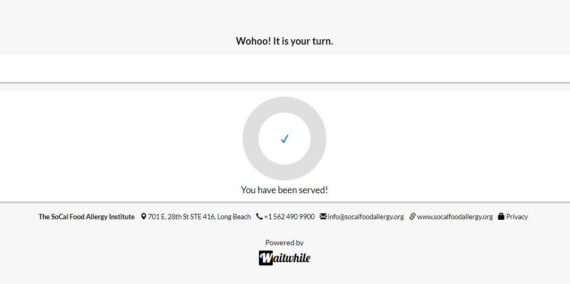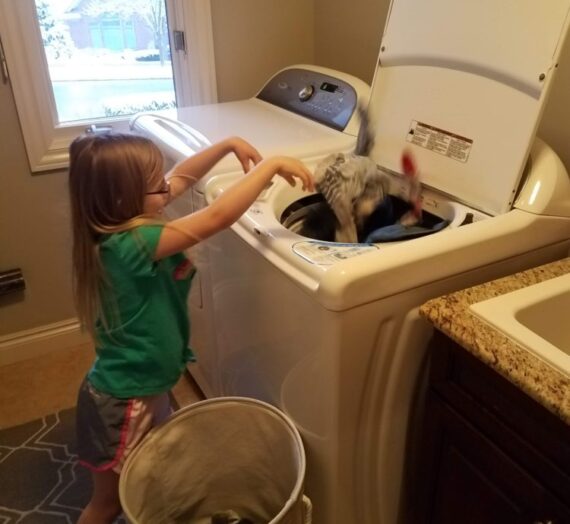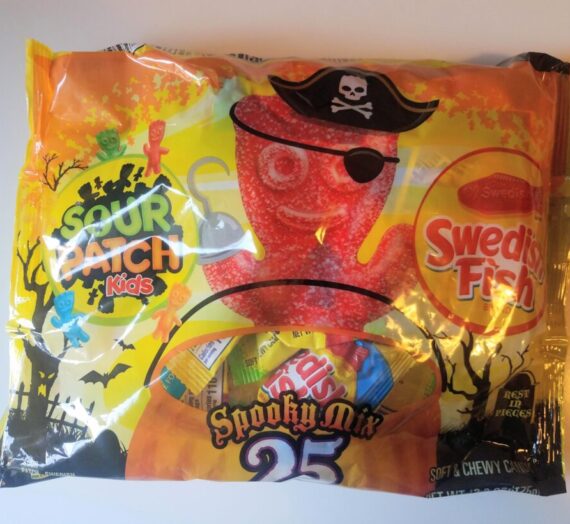Jonathan’s food allergy diagnosis has been life changing for him and our whole family. It has changed the way he can eat, but also the way our whole family can function. We wash our hands constantly, we don’t cook fish at home, we don’t eat foods containing peanuts, we clean the floors and counter tops incessantly. We just have to be more aware of any potential dangers to Jonathan and how they may affect him.
When Jonathan was first diagnosed it was easy to control the foods he was eating since he was just starting solid foods. However, each new food we introduced was met with a higher sense of awareness in case he might be allergic. We tested for several common allergens at his first allergist appointment, but we had no way of testing all foods.
Through some patience, a lot of careful ingredient label reading and nervous moments, we’ve found a number of common toddler foods for him to eat. These foods include hot dogs, chicken nuggets and pasta – but only certain kinds of chicken nuggets and pasta. These are also the foods he eats almost daily with no real variety since his diet can be limited.

As Jonathan has gotten older and more aware of how his food varies from the rest of the family we’ve had to branch out a little further. We usually give him a new food first thing in the morning or right after his nap so we have a good ~4 hours to watch him for an allergic reaction before he goes down for a nap or to bed.
Jonathan still isn’t really able to communicate if he’s experiencing an upset stomach, an itchy throat or other reaction, so we have to watch him intently for hives, swelling of the ears or lips, a consistent cough etc. He gets annoyed with me when I check his stomach so often for hives, but it needs to be done. I might be extra paranoid, but as a food allergy family it’s better to be safe than sorry.
Jonathan has been to the hospital on numerous occasions during his first two years for allergic reactions. The worst three include his initial reaction to formula containing milk, an accidental ingestion of something at daycare and a baked milk muffin we don’t think was fully cooked. The last two included epi pen administrations and trips to the emergency room via ambulance.
I would never want anyone to experience getting a call from their daycare provider saying their son had a reaction, was struggling to breathe and had been given epinephrine. It was absolutely horrifying driving there not knowing what was going on or if he was okay. The second trip was just as awful, having to administer the epi pen on the side of the road, watching him vomit, turn blue and calling the ambulance from the side of the road. They responded and were there within minutes, but it was the longest 5 minutes of my life. It was an awful feeling of helplessness and uncertainty.




Beyond just Jonathan, the food allergy diagnosis has also affected our older daughter Clara. She’s no longer allowed to eat peanut butter or foods containing peanut butter unless Jonathan isn’t home or is sleeping. She is constantly required to wash her hands and mouth after eating food containing, milk, eggs, peanuts, etc. She gets frustrated by the constant hand washing, but she also knows it necessary. She’s been with us for Jonathan’s emergency room visits and is very aware of his food allergies. I feel awful that she’s had to take on such a burden as a small child, but it’s the reality in which we need to live. She’s been a great big sister and is usually very attentive to Jonathan.


As a family of a child with health issues – in our case food allergies, we’ve spent a lot of time researching treatment opportunities. Does anything even exist for food allergies? Would Jonathan outgrow any of them or would he be allergic for the rest of his life? We’ll discuss what we’ve found in the next post about food allergy treatment options.
As always, feel free to post any question or comments below!



